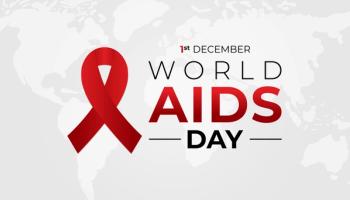
HepaGam B: Hepatits B immune globulin intravenous (human)
HepaGam B, a solution of hepatitis B immune globulin (human), is now approved by FDA for the prevention of hepatitis B recurrence after liver transplantation in HBsAg-positive patients.
Key Points
New indications
HepaGam B
Hepatitis B immune globulin intravenous (human)
CANGENESolution of hepatitis B immune globulin (human) for the prevention of hepatitis B recurrence after liver transplantation in HBsAg-positive patients
This sterile solution of purified hepatitis B immune globulin (HBIG) provides passive immunization for individuals exposed to the hepatitis B virus by binding to the hepatitis B surface antigen and reducing the rate of hepatitis B infection. The mechanism by which this agent protects a transplanted liver against hepatitis B infection is not well understood. HBIG was previously approved for the treatment of acute exposure to blood containing HBsAg, perinatal exposure of infants born to HBsAg-positive mothers, sexual exposure to HBsAg-positive patients, and household exposure to patients with acute hepatitis B infection. On April 6, 2007, HBIG intravenous (human) was approved for the prevention of hepatitis B recurrence after liver transplantation in HBsAg-positive patients.
Efficacy. The efficacy of HBIG intravenous (human) for this indication was assessed in an ongoing, multicenter, open-label, superiority study that enrolled HBsAg-positive/HBeAg-negative patients undergoing liver transplantation. The study included an active treatment arm, in which patients received HBIG intravenous (human) during transplantation and for 1 year after transplantation, and a retrospective untreated control arm, which included untreated patients who had previously undergone transplantation. Patients in the 2 arms had no or low levels of viral replication at the time of transplantation. An interim analysis of this study evaluated data from 30 patients who had undergone liver transplantation: 16 were treated with HBIG intravenous (human), and 14 were untreated retrospective control patients. Patients in the treatment group were administered 35-mL doses (containing 17,000–23,000 IU antibodies) of HBIG intravenous (human), with the initial dose administered during the transplant. The efficacy end point was the proportion of patients with hepatitis B recurrence at 4 weeks after liver transplantation. Among patients treated with HBIG intravenous (human), 13% experienced recurrence of hepatitis B, compared with 86% of untreated patients. Among patients in the active treatment group, 93% survived for ≥1 year after transplantation versus 43% of patients in the untreated arm.
Dosing. This agent is administered intravenously according to a dosing regimen designed to attain serum levels of antibodies to hepatitis B surface antigen >500 IU/L. Patients should receive 20,000 IU/dose; the first dose should be administered concurrently with the grafting of the transplanted liver. On Days 1 to 7 after surgery, patients should receive 20,000 IU/d. From Day 14 through Week 12, patients should receive 20,000 IU every 2 weeks. From Month 4 onwards, patients should receive 20,000 IU every month. Dose adjustments may be required in patients who do not reach antibody levels ≥500 IU/L within the first postoperative week. The rate of dose administration should be set at 2 mL/min and decreased to 1 mL/min if the patient experiences discomfort or infusion-related adverse events.
Newsletter
Get the latest industry news, event updates, and more from Managed healthcare Executive.






















































